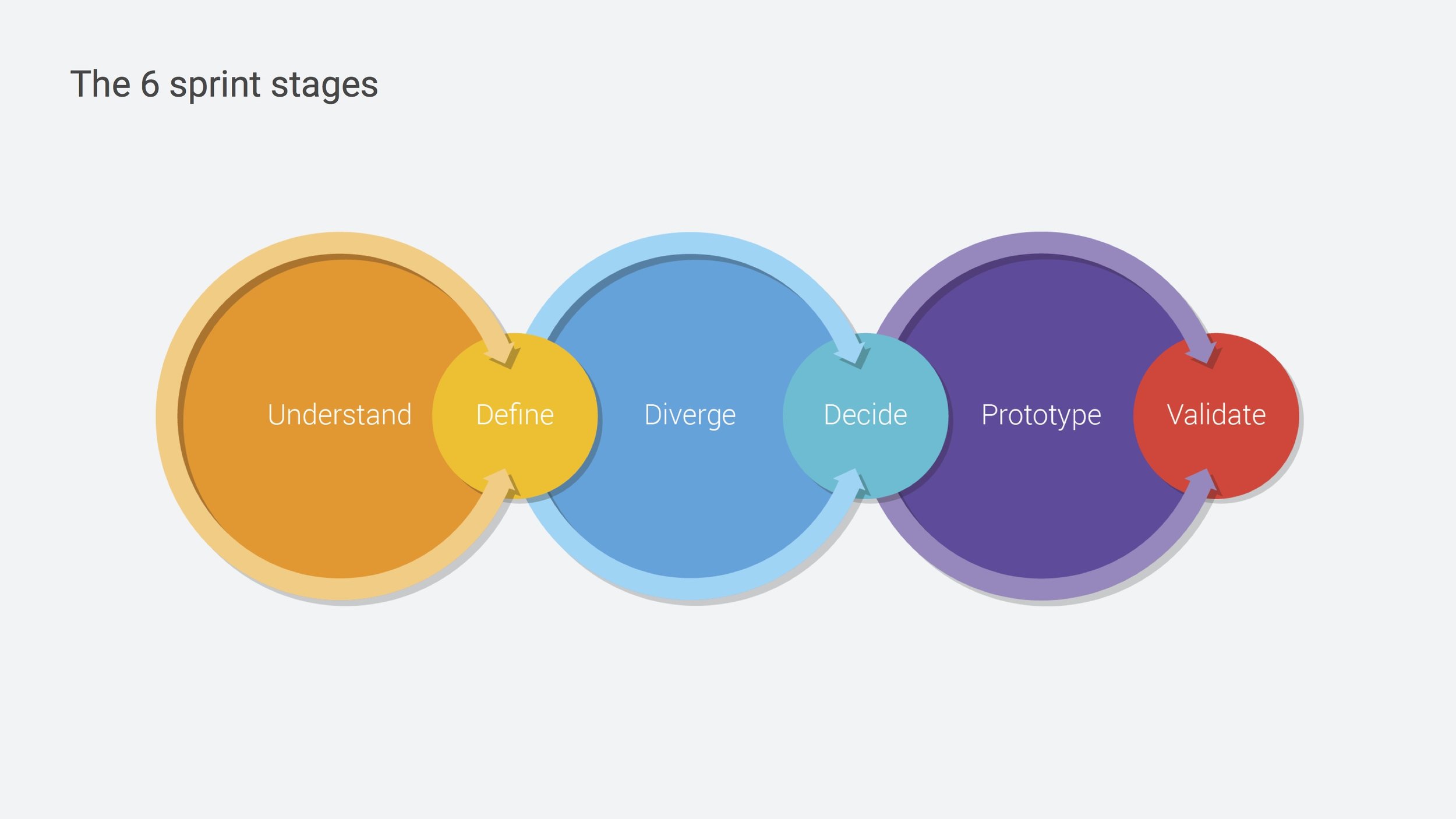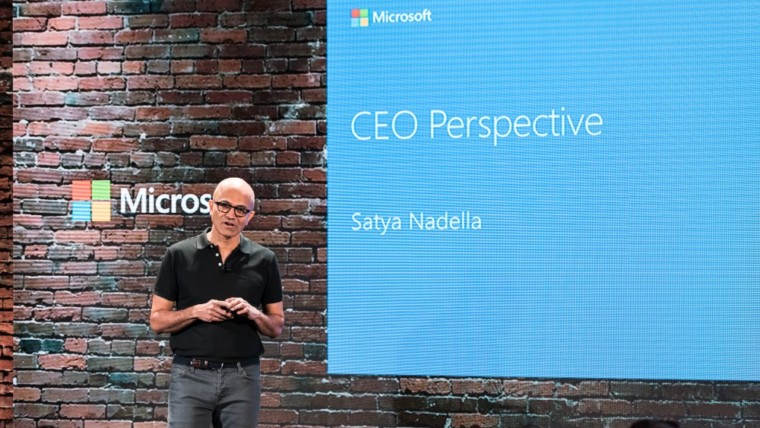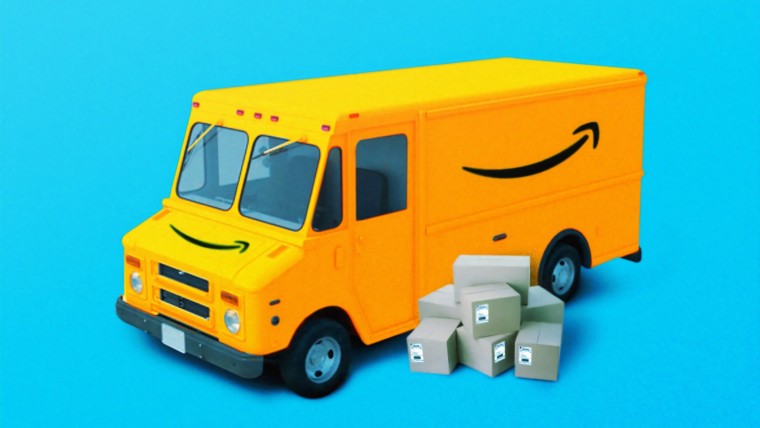More companies are adopting sprints: a two- to five-day process that helps companies solve and test design problems. Sprints are effective because they give teams of all sizes the motivation and momentum to turn an idea into a prototype. Moving fast doesn’t mean overworking your team, though: each sprint day typically lasts from 10 am to 5 pm.
If your team wants to try working in sprints, follow the process developed by Google Ventures. They’ve developed a great booklet, which we’ve summarized here.

How Google Ventures Runs a Design Sprint
Prepare
This stage is universal to every design sprint, and it belongs to the sprint master, or the person leading the sprint. Assume you’ll need one day of preparation for every sprint day. Before beginning the sprint:
- Formulate a meaningful design challenge the sprint will center around, and identify deliverables.
- Select and invite the sprint team, which should be between five to eight people.
- Put together a schedule for every component of the sprint.
- Lead a design audit to understand the existing issues.
- Gather supplies that are necessary for each stage: sharpies, paper, tape, sticky notes, and a timer.
- Choose methods for every stage of the sprint. Compile the challenge, deliverables, schedule, audit results, and methods in a deck.
Understand
In the first phase, the team determines user needs, business needs, and technology capacities. This could consist of:
- User Interviews. Kick off your sprint by asking users how they use a particular product, and why they like or dislike a product.
- Competitive overview. Find out what other products or services inspire the current product. (Five to ten products should be sufficient.)
- Summarizing the learnings and first ideas. Use sticky notes to share the first ideas people generate, and group them into themes. Vote on the best ideas to determine which should be used as a springboard for the sprint.
Define
Break down ideas from the first stage to determine the key strategy and focus. Make them more concrete by defining:
- The Central User Journey. Put together a map that lists all the stages someone goes through from learning about the product to becoming an expert user.
- Design Principles. List the three words that you would like users to use to describe the product.
- The First Tweet. Imagine you are launching the product. What is the first Tweet you send out? This can help the team focus their strategy in 140 characters.
Diverge
Now it’s time to come up with as many solutions as possible:
- Quick Sketch: Fold a piece of paper in half, and then half again, to create eight rectangles. Give everyone five minutes to sketch one product idea in each rectangle.
- Storyboards. Give your team five minutes to sketch a storyboard, or comic strip, demonstrating all the key steps the user must take.
Decide
It’s finally time to make a choice.
- Zen Voting. Share your sketched ideas with the team, and then vote silently to avoid team bias.
- Team Review. Evaluates the ideas with the highest votes and decide which ones to prototype. It may be necessary to do more sketching and exploring.
- Thinking Hats. Encourage everyone to choose a thinking hat (idea generator, optimist, pessimist, technical feasibility, or user advocate) and evaluate the decision from that point of view.
Prototype and Validate
Lastly, create a mock-up, demo, video, or physical prototype of your product, and get it into the right hands:
- User test. Let a user play with it to see if anything needs to be improved.
- Stakeholder feedback. Since the stakeholder holds the checkbook, their review of the product is essential for the sprint to succeed.
- Technical feasibility check. Will the existing team be able to carry out production? If not, discuss potential workarounds.
Follow Up
After the sprint is done, it’s important for the sprint master to create a follow-up plan, share the results and survey participants to learn how to keep making sprints better in the future.








The Evolutionary Edge
Every Link Ever from Our Newsletter
Why Self-Organizing is So Hard
Welcome to the Era of the Empowered Employee
The Power of “What If?” and “Why Not?”
An Adaptive Approach to the Strategic Planning Process
Why Culture/Market Fit Is More Important than Product/Market Fit
Group Decision Making Model: How to Make Better Decisions as a Team